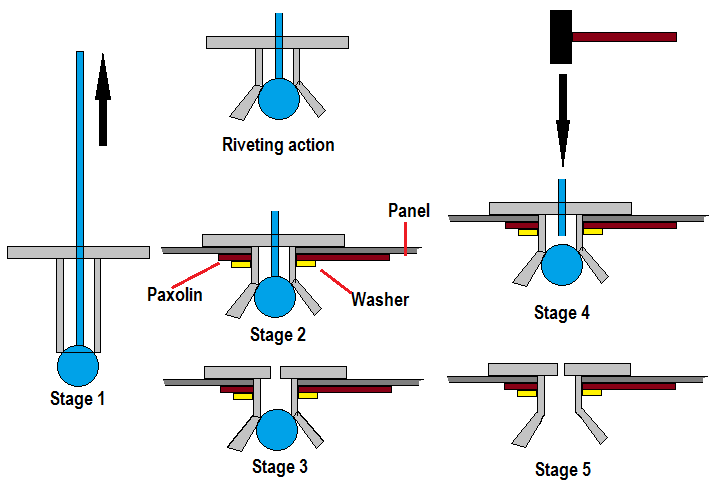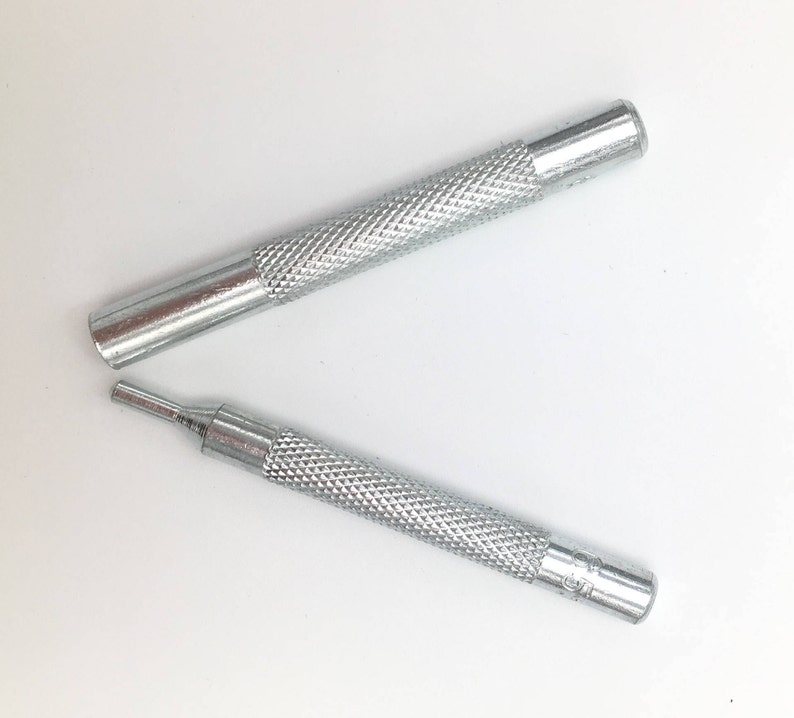
This is also known as Hollow rivet, due to the hollow shape at the body end. This can also be used to fasten aluminium, thin metal sheets, plastics, leather and on the pivot points where movement is required. It is used to drill in shoes and file covers etc. Tubular’s shank is hollow in nature and the rest is just similar to the solid rivet. The common uses of these rivets refer to brittle and soft materials, electrical parts, automobiles, hand tools, locks, and home appliances etc.Ĭommonly, It is also known as POP and Break stem rivet. Metal sheets and other hard materials are fastening through blind rivets with the help of the rivet-gun. Related Article: Split Rivet: Introduction, Types, Working, How to Install, UsesĪs the name suggests, Blind rivets are actually used where you can not access the other side of the surface like something hollow.It is used in small and light works like tin plates, textiles, leather, and plastics and used in bicycle seats.Īs the name suggests, It is split into two parts from the body side and has a single head at the top. Split’s shank is divided into parts and identified by pairs of legs on their tails which are folded back on themselves after installation.

Related Article: Solid Rivet: Introduction, Working, Types, Installation Process and More 2. The material used in manufacturing can be aluminium, brass, copper, stainless steel etc and comes in many colours and sizes. It is the simplest and most reliable rivet found in the Bronze age and can be fitted through a hammer or rivet gun.

This rivet is the strongest of all kinds. Here are the most common 15 types of rivets-Ī solid rivet’s shank is solid and is used for general purposes. Related Article– Riveted Joints: Definition, Types, Uses, Efficiency, Advantages and More Types of Rivets. Now, let’s dig into the mainstream of the article, Where you will know types of rivets with diagram–


 0 kommentar(er)
0 kommentar(er)
